A millennium-old profile pattern cut into the plank edges of Norse boats has a recess for the rivet heads and is flanked by a pair of grooves. The curves of this cutter match two Dremel grinding bits. It took only a couple of minutes to repurpose this bit of hacksaw blade.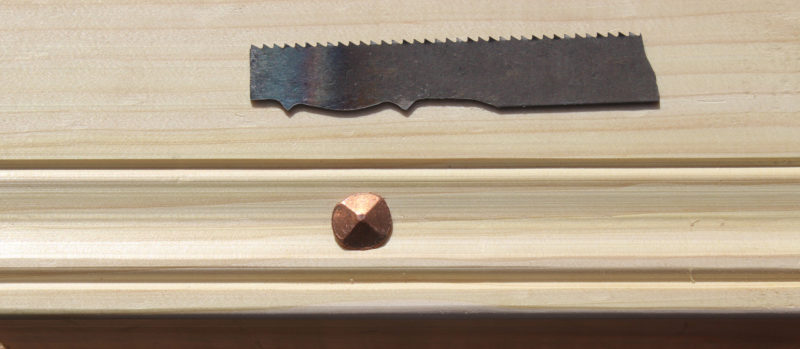 Photos and video by the author
Photos and video by the author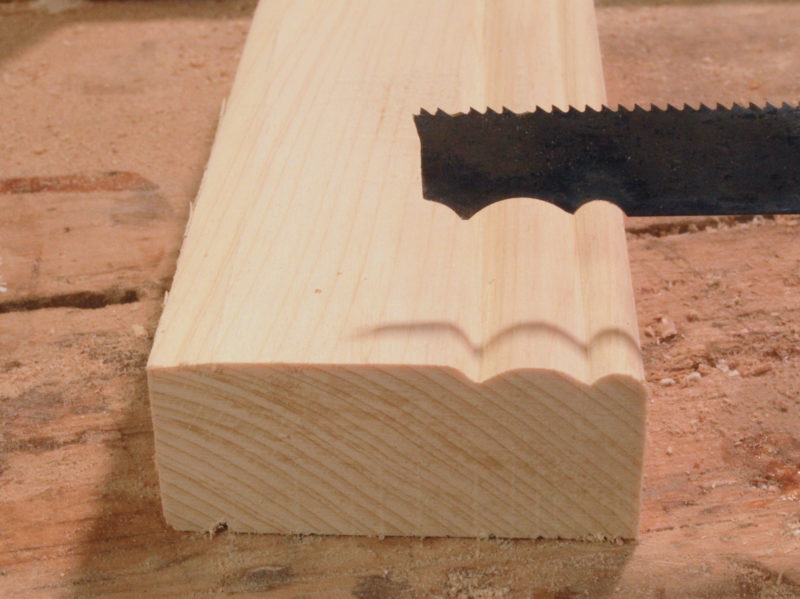
Join The Conversation
We welcome your comments about this article. To include a photo with your remarks, click Choose File below the Comment box.

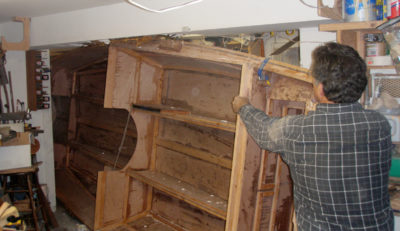

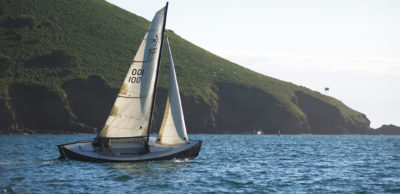

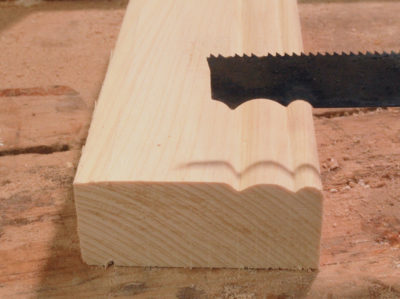
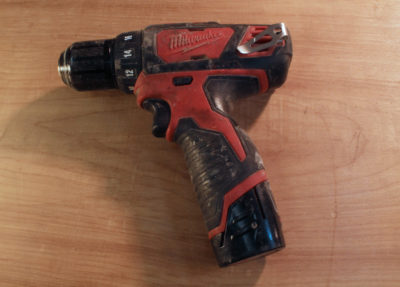
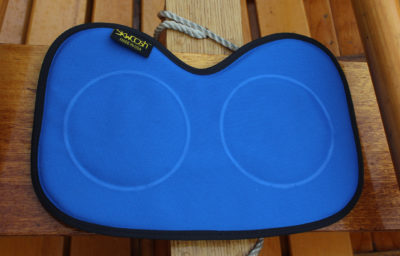
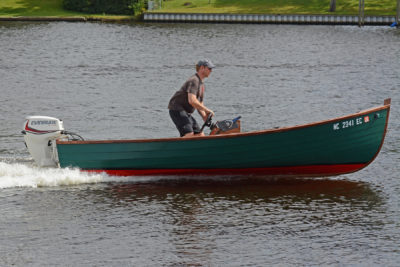
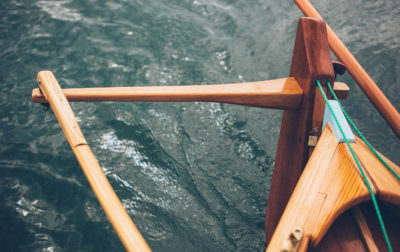
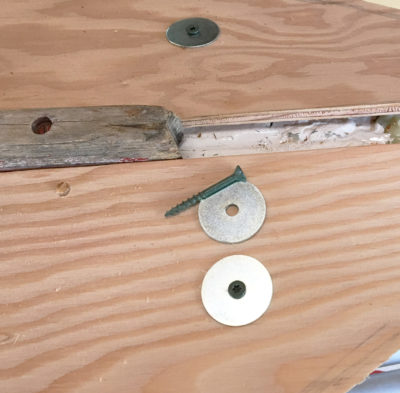
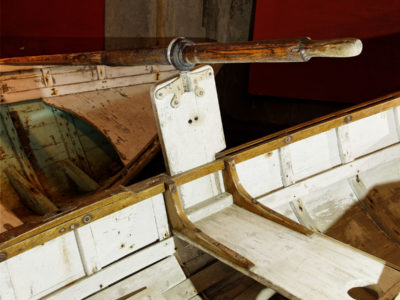

I love this kind of stuff. I know I’ll be keeping my eyes open for some project to use this on.
An excellent example of making do w/ found pieces around the shop. For those who prefer manufactured instead of DIY, Lee Valley has, in their new tool section, a cast tool of this type.
Very nice: It reminds me of an even simpler scraper that Michael Dzubinsky (hope I’ve spelled his name correctly) showed me in Douarnenez where he built a Whitehall Dinghy. It consisted of a steel screw in a wooden block. The slot that did the scraping, was kept sharp with a file or hacksaw and cut a nice groove, rounded on one side. It was during the second festival in 1988, a long time ago, but this brings it all back.

How easy is this to do at the ends of a plank? Or do you typically do this prior to mounting the piece, scrape within 2″ or 3″ of the end, and then trim that off? I see the scraper becoming damaged or bent as you go past the end of the plank and then bring it back on.
It’s a bit easier to make the profile before you cut any excess length off the plank end, but it isn’t difficult to scrape past the edge, extending the profile the plank’s full length. I wouldn’t try pushing and pulling the scraper back and forth over the end. Just push it, cutting only in one direction, keeping lateral pressure on the tail end of the tool until the blade passes the end. Pulling the blade into the end of the plank will bring the tool to a stop, but there is so little blade exposed that you’re likely to break it.